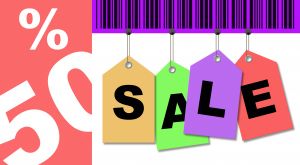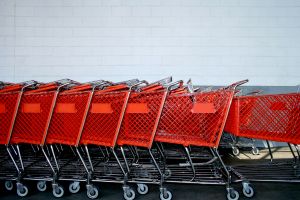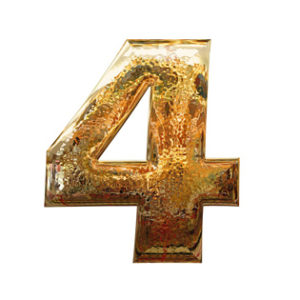 According to a paper in the Journal of Marketing, consumers have a highly skewed perception of promotion value when percentages are involved in the offer and messaging, and it’s something that marketers can leverage to increase sales.
According to a paper in the Journal of Marketing, consumers have a highly skewed perception of promotion value when percentages are involved in the offer and messaging, and it’s something that marketers can leverage to increase sales.
The Less Is More: The Impact of Base Value Neglect on Consumer Preferences for Bonus Packs over Price Discounts report by researchers from the University of Minnesota reveals that these tangible and intangible increases can be applied to price or any other type of percentage-based offering, and the results are the same — the larger the percentage, the bigger the response.
Taking a closer look at the research data as it relates to pricing promotions, the root cause is the perceived deal consumers think they’re getting based on the percentage off which they receive in discount promotions. One of the key pieces of evidence in the report showed that a “bonus pack” which was promoted as including 50% more of the product outsold the same product promoted with a 35% off price discount by 71%.
Furthermore, stacking discounts also improves sales more than offering a single larger discount. For example, a “take 25% off of the price which has already been reduced by 25%” is more effective than offering the same discount as a single percentage off.
The percentage perception always skews toward the larger percentage — whether that percentage is a discount or an added benefit. A “25% discount” promotion won’t be received as well by consumers as a “get 50% more product” promotion will. The lesson marketers from this research is that you can massage any promotion into one that includes messaging focused on a large percentage to pique consumers’ interest and their motivation to buy.
In terms of non-price implications, the study authors offer some simple examples:
“For example, firms promoting health-related claims can highlight the increase (e.g., of 50%) in package size (12 oz. bottle) for the same calorie count (100 calories) rather than the equivalent decrease (e.g., of 33%) in calorie count for the same package size. Similarly, firms emphasizing speed, such as quantity of data transferred per time interval (e.g., SanDisk USB drive with read and write speed at 30 MB/second), product delivery (e.g., UPS delivers a package within two business days), response to product failure (e.g., Xerox technicians arrive on-site within 24 hours from the service call), product efficiency (e.g., Whirlpool’s washing machine finishes one normal wash cycle in 30 minutes), or travel services (e.g., United Airlines flies from San Francisco to Sydney in 15 hours) can highlight improvements that emphasize the increase in speed (e.g., of 25%) rather than the equivalent decrease in time taken (e.g., of 20%).”
Keep in mind, the study authors point out that bonus pack preference is strong but not universal. Choosing between offering consumers a price discount or a bonus pack promotion depends very much on the brand’s market, competitors, and target audience. It’s up to the marketer to understand all three and make the right decision to position the brand against competitors and boost sales through short term price discount or bonus pack promotions.
Image: Ayhan Yildiz
Susan Gunelius is the author of 10 marketing, social media, branding, copywriting, and technology books, and she is President & CEO of KeySplash Creative, Inc., a marketing communications company. She also owns Women on Business, an award-wining blog for business women. She is a featured columnist for Entrepreneur.com and Forbes.com, and her marketing-related articles have appeared on websites such as MSNBC.com, BusinessWeek.com, TodayShow.com, and more.
She has over 20 years of experience in the marketing field having spent the first decade of her career directing marketing programs for some of the largest companies in the world, including divisions of AT&T and HSBC. Today, her clients include large and small companies around the world and household brands like Citigroup, Cox Communications, Intuit, and more. Susan is frequently interviewed about marketing and branding by television, radio, print, and online media organizations, and she speaks about these topics at events around the world. You can connect with her on Twitter, Facebook, LinkedIn, or Google+.


